Opening an above-ground pool can be exciting, as it signals the start of another summer of swimming and fun. However, it can also be daunting for those who have never done it before.
This article will provide a step-by-step guide to opening an above-ground pool, including tips and tricks for a successful and stress-free process.
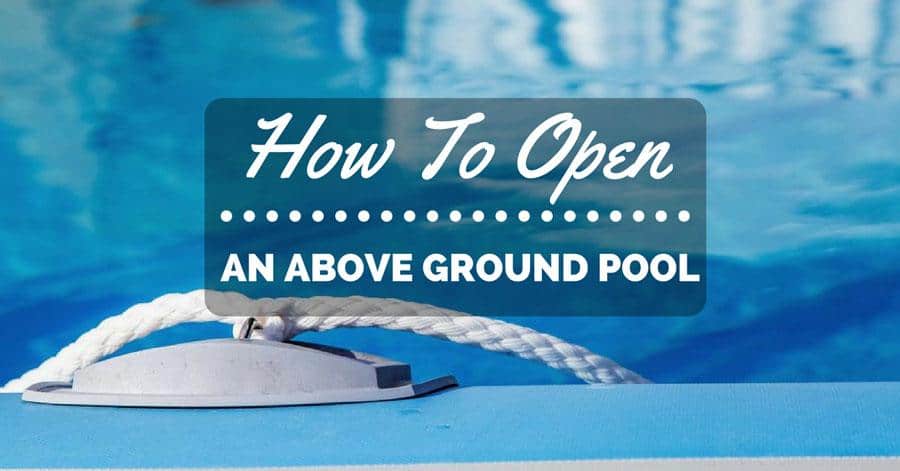
Read Next
How to Open Above-Ground Pool
Opening above ground pool is pretty easy, there are some simple steps to follow, and you will have a clean pool ready for summer. You won't require expert help; you can do it yourself.
The following are some easy steps that you can follow to clean your above-ground pool and sterilize its water.
Clean and Remove the Pool Cover
- First, you must remove the pool cover that has kept your pool safe during winter. The cover can get pretty dirty during this time. Water, Leaves, and dirt can accumulate on the surface of the pool cover. Remove water with the help of a pool cover pump; it will remove all the water from its surface.
- It is essential to remove water from the cover before removing it because water on the cover can get mixed with water inside the pool.
- You must remove the leaves and dirt on the cover with a broom. If you don't, the dirt might fall into the pool and contaminate the water.
- Don't use sharp objects while cleaning the covers; use a soft brush and gently remove all debris. Once clean, you can now remove the covers.
- Carefully remove the cover and place it on the ground. Clean the pool covers and scrub off any dirt left on them. Use the pool cover cleaners available in the market to clean it properly. Dry the covers and fold them before storing them.
- You must use an air-tight container to store the pool cover; this can increase the product's life. You can use a pool cover for several years if you take care of it. Wash and clean it before storing and always check before installing it.
- You must remember never to use any sharp tool while handling pool covers.
- [Keep your pool clean with ease] This kit includes a pool net, semi-deep skimmer net,heavy-duty...
- [Easily scoop out debris with inclined lip pool net] Our pool net is designed with a widened and...
- [Half-depth design fine mesh pool skimmer net] The net is designed to be half-depth, which allows...
- Keep your pool clean and safe with these helpful tools: Vacuum head with 1-piece cleaning head,...
- Vacuum attaches to a garden hose and includes reusable debris bag (garden hose is not included)
- Clean remaining floating debris from the surface with the surface skimmer; Durable mesh net attached
- [Keep your pool clean with ease] This kit includes a Professional pool net, semi-deep skimmer...
- [Easily scoop out debris with inclined lip pool net] Our heavy duty aluminum frame pool net is...
- [17.5-inch heavy duty round pool brush] The hemispherical bristles allow you to easily clean the...
- UPGRADED 2 IN 1 POOL CLEANING KIT COST-EFFECTIVE: Package includes 1 x Fine Mesh Pool Skimmer Net...
- FINE MESH & DURABLE POOL NET SKIMMER: Pool net wih reinforced frame and durable fine mesh nylon...
- EASY-SCOOP POOL NET SKIMMER: The easy-scoop edge of the pool skimmer net is so easy to collect...
- Prevents and treats pool algae
- Built-in clarifier
- Non-foaming formula
Remove Winter Accessories & Add Summer Equipment
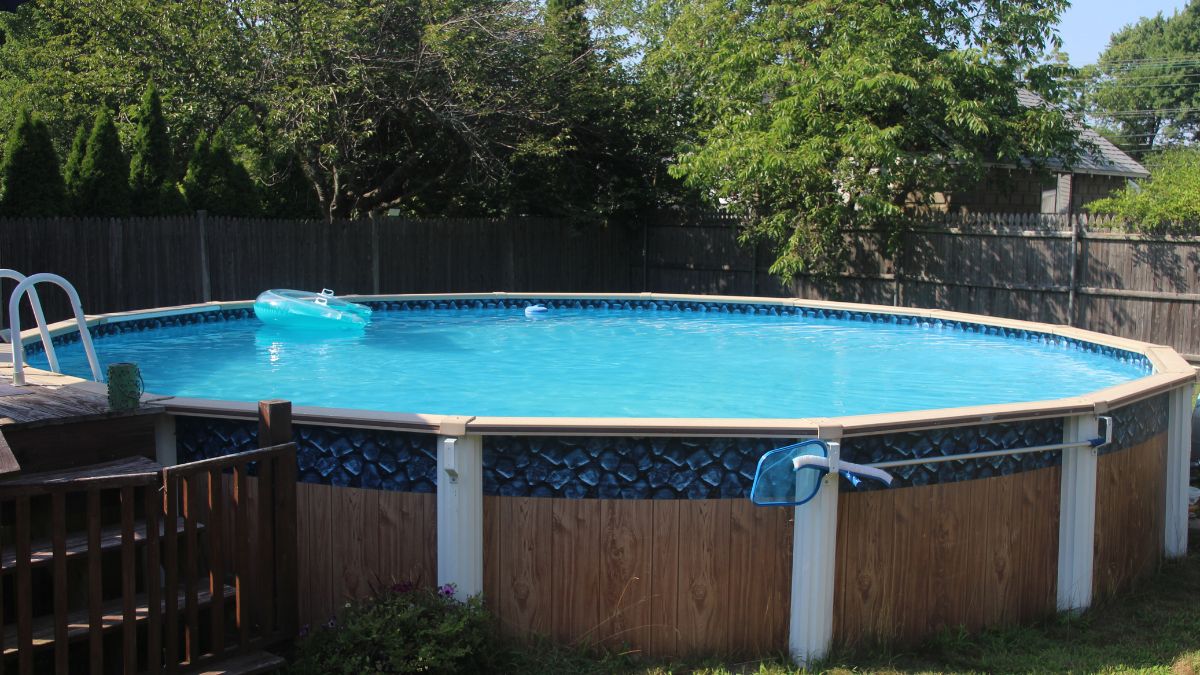


To prepare the pool for summer, you must add all the summer accessories required. However, before adding the summer accessories, remove the plugs and other accessories installed for winter.
Find all the plugs, remove them carefully, and be gentle while removing them from the above-ground pool.
Any plug left in can be problematic when you start the filter and pumps. Remove plugs and put baskets in the skimmers.
Turn your eyeball jets to the pool bottom and add baskets. Eyeballs facing the bottom can help circulate the water properly.
Add the remaining equipment once the plugs are removed and baskets are added.
Closely examine the pool while attaching the summer equipment. It is essential to examine the pool after every fitting. Connect the pumps and hoses and make sure all connections are leakproof.
Check the setting one more time to see if anything went unnoticed. There are several small things that you can forget. Once everything is ready, add the ladder to the pool.
Place the thermometer in the pool so you can always know about the water temperature.
Now, it's time to fill up the pool.
Filling The Pool
Some people remove the water already present in the pool and add fresh water to the pool. It is good to remove the water; you can open the drain hose and remove all the water in the pool. Later, you can connect it to the water supply to add fresh water.
However, all the water already present would be wasted. The world is already facing a water shortage, and saving water as much as possible is important.
Chemicals are available to clean your water; below, you will find the methods to treat the water already present in the pool.
So, if you are not changing the water, add more water to the desired level. The water level in the pool decreases during winter due to evaporation.
Add water and fill the pool up to the desired level.
You can move to the next step once the pool is filled with water.
Preparing Filter And Startup
Once the pool is full, it's time to start the filter. The filter will clean the water, and you will see the change yourself.
Connect the drain hose to the water pump and the hose from the pump to the filter port on the filter. Connect the hose from the filter to the pool inlet. Now your filter system is ready, all the connections should be checked twice for any leakage.
Before powering up the filter, check if all the filters have been replaced.
Turn on the filter system and check the connections again. Leakage is a possibility, and it is important to check all the connections. Remove all the air from the filter before starting it so your filter doesn't run dry.
Turn off the filter before fixing any leakages, or the water pressure could increase the damage.
- POOL FILTERS: Powerful cartridge filter 2-pack keeps your Intex pool water clear and fresh, making...
- EASY MAINTENANCE: Maintains and cleans easily with heavy-duty Dacron paper, providing the ultimate...
- CHANGE OFTEN: For maximum efficiency, clean cartridges each week and replace every 2 weeks
- Hydro Aeration Technology: Transforming the Above Ground Pool industry, by bringing water aeration...
- Easy Installation: Just hook up hoses and plug in! This pump is a must-have for any INTEX...
- Simple Cartridge Cleanup: Equipped with Krystal Clear Cartridge uses Type A filter cartridges; Can...
- 【SPECIFICATIONS】Length: 23 ¼"; Outside Diameter: 8 15/16"; Top Bottom Opening: 4"; Bottom...
- 【COMPATIBLE MODELS】PLF120A Pool Filter compatible Hayward Star Clear Plus C1200 / CX1200RE,...
- 【NSF/ANSI 50 CERTIFIED】Poolpure Pool and Spa filter is tested and certified by IAPMO against...
Cleaning The Pool
Start the cleaning process once the pool is filled up and the filters ready. First, use the leave remover to clean any debris in the water. Remove all the debris, and then start cleaning the pool.
Use the pool brush to brush the walls and the bottom of the pool. Make sure you don't use any sharp objects while cleaning the pool, or it could damage the pool walls.
Scrubbing the wall and bottom with a brush is important before adding any chemicals. Let the water circulate for a while after cleaning the pool.
Adding Sanitizers
Once you are done cleaning the pool, add chemicals to treat the water. However, before you add any chemicals to the water, you must get it checked. Take a sample of your water and then measure the diameter and depth of the water.
If you know the amount of water, it is good, but if you don't, then measure the diameter and depth of the pool.
Take the water sample to any pool dealer nearby. Show them the water sample and give them the measurements of your pool. The dealer will check the water sample and give you the chemicals that need to be added.
Start pool shock by adding chlorine to the pool water. The dealer will provide you with the amount of chlorine added to the pool water. Add chlorine in the evening when the sun isn't shining. Add all the chemicals provided by the dealer and let it settle.
Test the water using a water kit for the chlorine level in it. It should range from 1-3 ppm. You can test the water with any pool testing kit. You can purchase a pool testing kit from any pool dealer.
It is essential to have a pool water testing kit. You will need it for the whole summer to check the water balance.
Check the hardness of the water and the chlorine level present in the water.
- The alkalinity of the water should range between 80 – 120 ppm.
- PH should be between 7.2 – 7.6.
- Calcium should be between 180 – 220 ppm.
Follow the instructions on the kit if the results are not in the required range.
- AFFORDABLE 7-IN-1 POOL TESTING KIT: Our 150 pool test strips provides an affordable, all in one pool...
- QUICK & EASY: Simplify your pool and spa testing with our easy pool testing strips. Just dip our...
- ACCURATE & RELIABLE: Our swimming pool test strips deliver highly precise readings, ensuring the...
- Includes .75 oz reagent bottles
- High Range (HR) kit
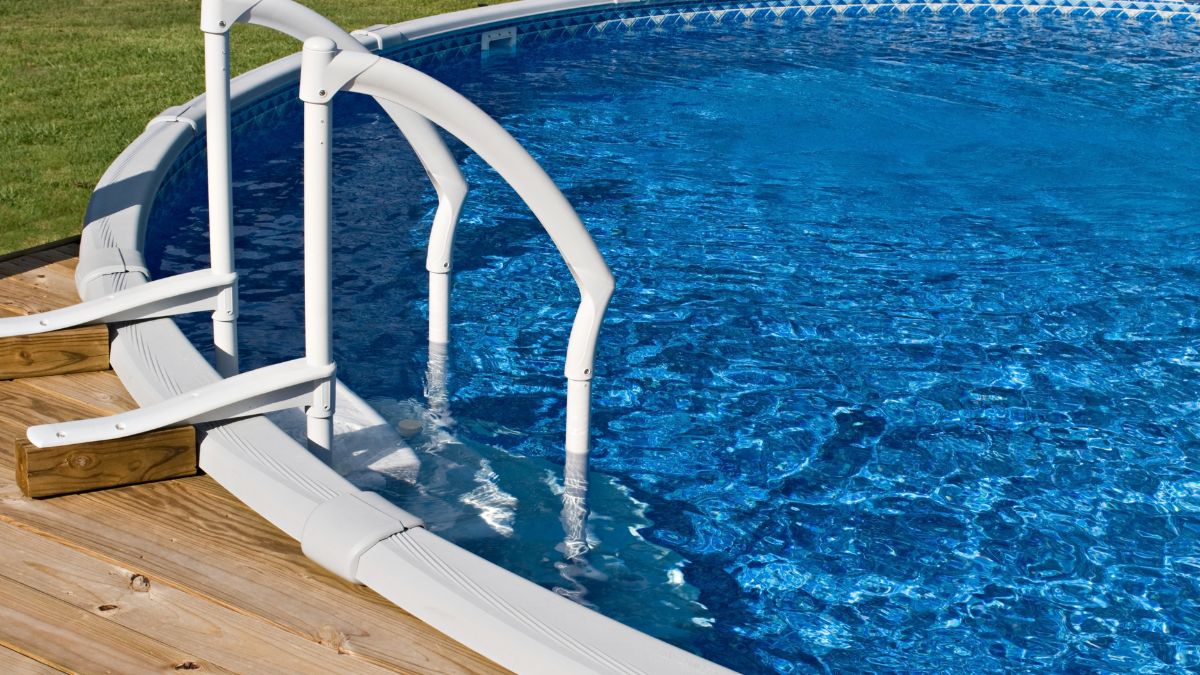


Retesting Water
24 hours are required for all the chemicals to settle down. Let the water circulate for 24 hours, and check the water balance again. Sometimes, the chemicals take time to mix with the water.
It is important to let water circulate for 24 hours before retesting. Check the water balance again and congratulate the pool that has been successfully cleaned if the results are within the required range.
However, if the results are not in the desired range, you must treat the water again according to the instructions given on the water testing kit. Give another 24-hour gap if the results are not in the desired range. Check again, and if the water is balanced, enjoy the above-ground pool and have fun.
Conclusion
Opening and cleaning above-ground pools are easy; however, some people consider it tough. They hire professionals and spend money that can be easily saved. You can spend that money to buy pool accessories for your kids.
The instructions above are simple and easy; anyone could easily follow them and open their above-ground pool. You can also save water and treat the water in the pool.
The whole process is very easy and won't take more than a few hours of your time. It is better to do it in the evening when the weather is cool. Read this article and open your pools by yourself.











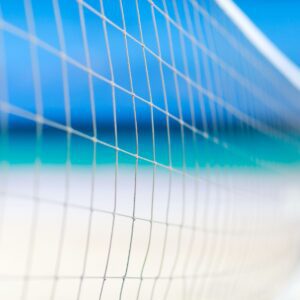
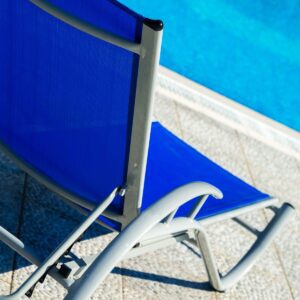
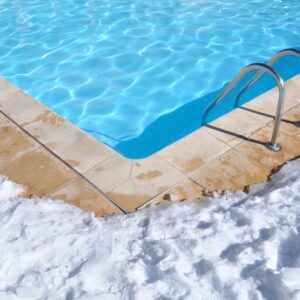
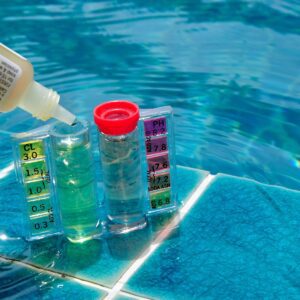
Comments
No Comments